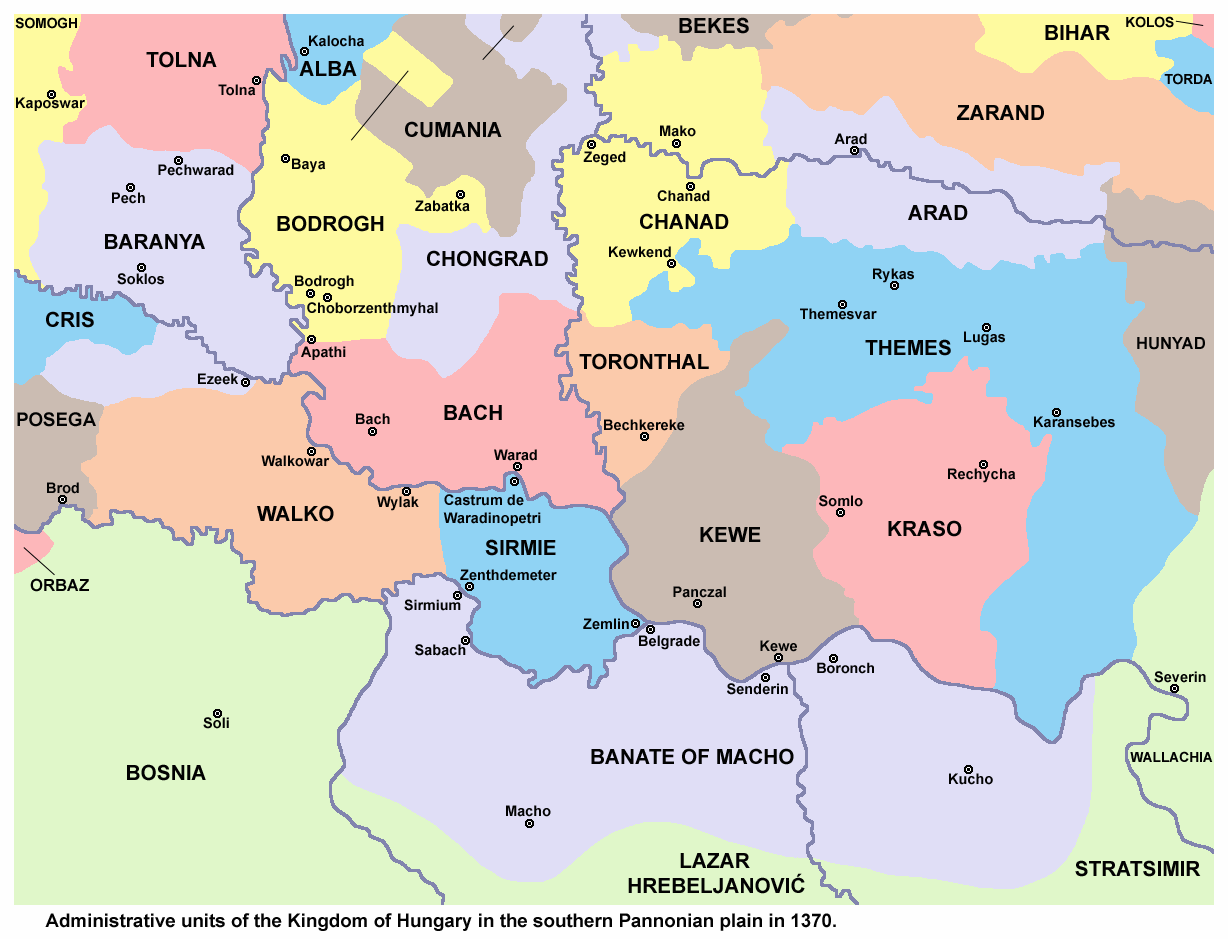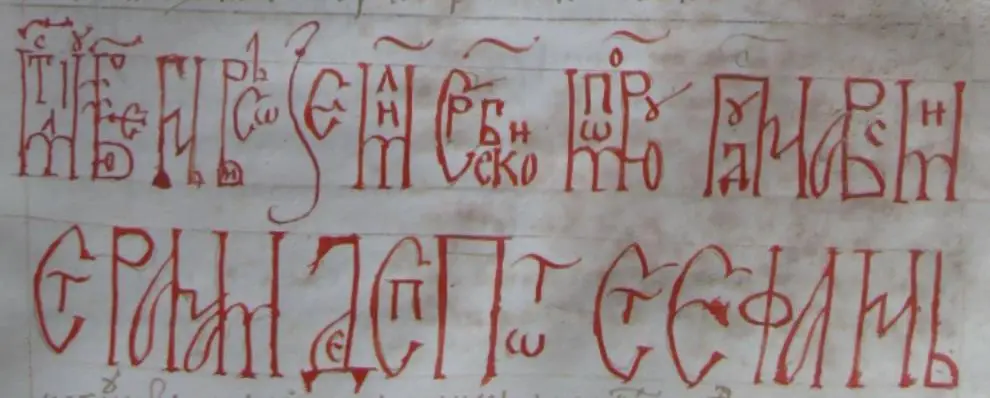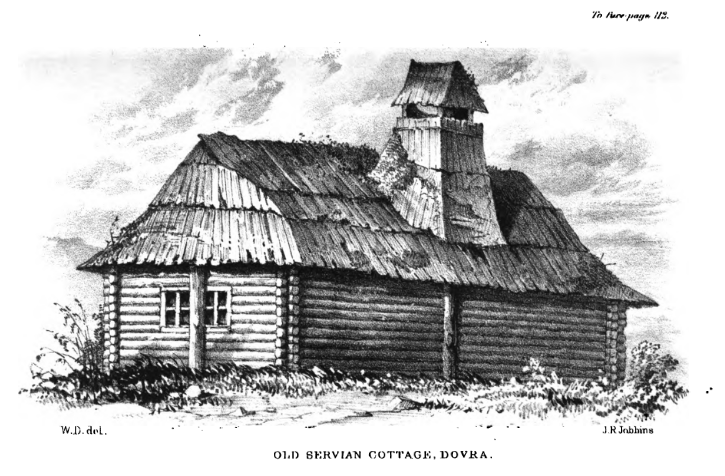Original research paper by Mirčeta Vemić, Institute of Geography “Jovan Cvijić”, Serbian Academy of Arts and Sciences: http://www.doiserbia.nb.rs/img/doi/0352-5732/2014/0352-57321447201V.pdf
UDC 94(100)”1914/1918″
UDC 343.819.5(=163.41)(493.5)”1914/1918″
DOI: 10.2298/ZMSDN1447201V
CONCENTRATION CAMP ARAD – THE FORTRESS (K. u. K. Interienirungslager in Arad)
11 000 – 15 000 interned, 4317 Serb victims
Concentration Camp Arad – Fortress, whose official name was: “Imperial and Royal Internment Camp in Arad” (Kaiserliches und Königliches Interienirungslager in Arad) was the first concentration camp for Serbs in Austria-Hungary and also the closest one to Serbia. Already on 10. August, even before the first military incursion into Serbia, the transport of interned civilians as “politically suspicious” from Bosnia and Herzegovina and Croatia started. These events were described by historian Vladimir Ćorović [1920, 1996] in his Black Book as one of the interned intellectuals from Herzegovina. The first transport arrived in Arad on 17. August and they were put into the fortress by the Mureș river. “When the transports became more frequent and the number of internees [interned civilians, translator’s note] reached 5500, they were given the worst spaces, literal dungeons. People would be put into stench and damp, never warmed by the sun, where they would often sleep on damp earth and soiled straw.” [Ćorović 1920, 1996].
Very quickly they were joined by interned Serbs from Austro-Hungarian offensives in Pocerina and Mačva towards the end of 1914. and later. It is estimated that “only towards the end of 1915. in the Arad Fortress there was between 11 000 and 15 000 Serb internees” [Panić et al. 1994]. Among them there was a lot of children, women and old men. All the internees were immediately exposed to forced labour. As Ćorović [1920, 1996] describes, “had to bring in the sand from Mureș for six kilometers to fill in the streets, and without a break during even the greatest holidays, including Christmas itself… Many of them were working in factories and fields of Hungarian magnates, with being paid 50 a day on top of board and poor food… In October 1914. an order was given for all internees, not excusing even the insects, had to undertake military exercises”. “The filth in this space and cramped conditions was terrible, so that simply crawled everywhere and contributed… to not making the suffering of prisoners any more easy… Soon dysentery showed up, then the erysipelas, then typhoid and spotted fevers, tuimelitis ternbilis, as the prisoners themselves would call it. Often, in the dusk, the dead and the sick and the living would all lie together for the whole night. The feverish ones would often, as they were shaking, get into the straw, where they would die, weakened and forgotten, only to be found three-four days later based on their stench. The dead men would they be piled into carts and taken to the cemetery.” [Ćorović 1920, 1996].
What happened in this concentration camp was described by Božidar Panić et al. [1994], the Arad Serbs and Romanians, based on discovered documents and testimony by witnesses and internees who survived: “In the winter, they were kept in icy rooms, on concrete floors, which caused their arms and legs to freeze. Many internees, especially the underage ones, were crippled through amputations. They were tortured with thirst, tied around a stick and so bound would be beat to death, put them in irons, rape the women.” This state was seen by a Romanian medic, Dr Brânduşă and astounded at what was going on at the concentration camp, he told his lawyer friend Ștefan Cicio Pop, a member of the Hungarian Parliament: “This is not a concentration camp, this is hell!”. This parliamentarian intervened with the Hungarian government towards the end of 1915. with regards to “defending 15 000 Serbs who were captured by the Austro-Hungarian military at the start of the war and interned into the Arad Fortress”, which could have cost Cicio Pop his life, “as Hungarian newspapers started a campaign against him, demanding `a rope for the Serbs’ co-conspirator`” [Panić et al. 1994].
The internees were buried in three cemeteries. In the “Upper Cemetery”, today the “Eternitatea” city cemetery, were buried the landed gentleman Jovanović, priest Džabić, two unknown Serb women from Bosnia who were taken out dead from a cattle rail wagon and others, a total of 16 dead. After the city authorities ban, in order to keep the cemetery “for loyal citizens” from filling up with internees, the “Lower Cemetery” was formed, today the “Pomenirea” city cemetery, where according to a list by priest Uroš Koviničić from 1921. there was 469 people buried [Serbian Archive 1921]. Because of the spread of disease among the free citizens it was demanded that the dead internees not be carried through the city, but to be buried in the fortress itself, so by the bank of the Mureș a plot of land was fenced off with barbed wire and thus created another “Serbian cemetery”. In the Arad office of the State Archives of Romania [Panić et al. 1994] found a part of the police reports about the deaths in the concentration camp. According to this document in the period from 23. August 1914. until 3. March 1915. 1034 persons died, while in a slightly longer period of 23. August 1914. to 25. March 1915. V. Ćorović [1920, 1996] brought a number of 1772 persons.
The final number of deaths in the Arad Fortress from 1914. to 1918. has not been established until now, but there is a significant piece of data. “In a litany* which is preserved in the Serbian Orthodox Church of St Apostles Peter and Paul in Arad the following text is embroidered: “This litany is made through church income in 1925. Gifted for the glory of God and for the eternal remembrance of the 4317 Serb martyrs interned in the city of Arad who died in the years 1914-1918”. According to older citizens of Arad, this information about the number of dead comes from Arsenije Ilić, then the president of the Serbian Orthodox parish in Arad, who through his connections followed the deaths of the internees” [Panić et al. 1994]. If the aforementioned numbers of the dead Serbs until 1915. (1772) and the one on the church flag (4317) from 1918. are compared, then the latter can be taken as more accurate, due to the increased mortality of internees later on due to famine and general exhaustion. In the mentioned list of those buried in the “Lower Cemetery” made by Uroš Koviničić there were internees of both sexes, mostly peasants – ploughmen. The oldest among them was Jakov Vujičić from Nevesinje (Herzegovina) who was 101 years old and the youngest was Toma Spremo from Zavidol (Herzegovina) who was only one year old.
* Litany – here it refers to a church flag.
Translated by Books of Jeremiah



